Description
Active Meal is a Unique digested plant food improve, 100% organic, natural , digested fertilizer. Light in weight with 0.7 density.
Contains :- Steamed bone meal , blood meal , Animal slaughter waste , & different types of cakes, Cyanobacteria & Mycorrhizha.
Steamed Bone Meal :-Earlier bone meal was added to the fertilizerjust by crushing and adding the powder obtained. There were some drawbacks of this method.
– The crushed bone powder could not be absorbed by the plant roots.
– So it would remain in soil for years.
– It would also add harmful fungus & Bacteria which could be possible Pathogens.
So to avoid all these drawbacks we have introduce Steamed Bone Meal.
– It has treated with Sulphuric acid & processed further. Therefore it is.
– Readily available to plants.
– No harmful bacteria & fungus due to processing.
– Does not fix in soil.
– Nitrogen 1.74 % , Phosphorus ( P2O5 ) 14.88 %
Dried Blood :-Dried Blood is fine material produced by heating blood from slaughtered animals. Dried blood has an average composition of about 13% nitrogen, less than 1% phosphorus and potassium. Dried blood is the most available to plants of all the protein organic materials.
Animal Slaughter Waste :- It contains many essential plant nutrients, especially Nitrogen, Phosphorus and Potassium, as well as some trace elements not generally found in chemical fertilizers. Animal waste also help to build and maintain soil fertility and tilth and to cut down on erosion.
Castor Meal :- Castor pomace is the ground residue of castor beans from which the oil has been extracted and it is a by product of the manufacture of castor oil.Used only for fertilizer purposes. It contains about 5to6 % Nitrogen, 1% Phosphorus and 1% Potassium.
Vital content:- Microorganism Cyanobacteria & Mycorrhizha ,
good Nitrogen fixing Ability.
Blood meal & Bone meal increases the NPK,
Nontoxic and non- harmful to plants.
It is easy to handle and safe.
It readily absorbed by the plant roots
Cyanobacteria
They were formerly known as “ blue green algae ’’ Cyanobacteria are interesting for a number of reasons. They are photoautotrophs, able to use CO2 as their sole carbon and light as their energy source. However, unlike other photo synthetic bacteria, cyanobacteria use the same photosynthetic pathway as eukaryotic cells such as algae and higher plants (The “C3’’). Even more interesting is that we now know from DNA Sequencing that eukaryotic chloroplast evolved from cyanobacteria, presumably after millions of years of symbiotic association.Microbes are the predominant photosynthetic organisms in most aquatic environments. In aerobic conditions, algae, diatoms and cyanobacteria predominate. In anaerobic condition, other photosynthetic bacteria are dominant.
Many cyanobacteria are able to survive in hostile environments, such as African sodalakes. Some cyanobacteria adjust their buoyancy by means of gas vacuoles, enabling them to adjust their position in the water column, floating near the surface during the day for photosynthesis and sinking deeper at night to harvest nutrients.
Cyanobacteria also fix atmospheric nitrogen but they have to be smart to do this. Nitrogen fixation requires anaerobic conditions, but cyanobacteria are aerobes they solve this problem by having specialized cell called heterocyst which have thick walls impermeable to oxygen and in which nitrogen fixation can occur.
Cyanobacteria are :-
A) Photoautotrophs.
B) Able to survive in hostile environments.
C) Able to fix nitrogen.
For these reasons, we believe that cyanobacteria were some of the first living organisms to colonize the earth but there’s also more direct evidence. Cyanobacteria producing oxygen as a by product of photosynthesis, over millions of years earth to the present day oxygen rich atmosphere we breathe.
Another reason that cyanobacteria are interesting is that they show gliding motility movement of cells over surfaces without the aid of flagella. The molecular mechanism by which most bacteria propel themselves through liquid media by means of rotating flagella is relatively well understood. The cyanobacteria not only hold the soil in place but also are the primary source of fixed nitrogen in arid environments. Disclosed herein, is a description of an apparatus and methods for the production and preservation of photobiofertilizer as a means for repairing arid soils.
Mycorrhiza (Arbuscular Mycorrhiza )
The intimate arbuscular mycorrhiza (AM) association between roots and obligate symbiotic Glomeromycota (am fungi) feed about 80% of land plants. Am forming fungi supply land plants with inorganic nutrients and have an enormous impact on terrestrial ecosystems. In return, am fungi obtain upto 20% of the plants fixed CO2 putatively as monosaccharide in a recent work we have reported the characterization of the first glomeromycotan monosaccharide transporter GpMst, and its gene sequence. Am fungi might take up sugars deriving from plant cellwall material.
The arbuscular mycorrhiza (Am ) as an outstanding terrestrial plant symbiosis directly and a driver of most terrestrial ecosystems. The study of plant without their corrhizas is the study of artifacts the majority of plants, strictly speaking do not have roots-they have my corrizas were provoked. Am fungi supply the vast majority of land, plants with inorganic nutrients, mainly phosphorus, but also Nitrogen, trace elements and water.
It was calculated that each year , 5 billion tons of carbon are transferred from plants to fungi via the Am symbiosis. Am fungi therefore represent a large sink for atmospheric CO2 on our planet and play a role in C-deposition in the soil.
Active meal is super food for all vegtable plant and also it increase immunity of the plant agaist varius illness.
Benefits :-
Increases the porosity of soil.
Increases water movement in soil.
Improves the quality of soil.
Dosages : 300kg per acre for soil application at the time of soil preparation.

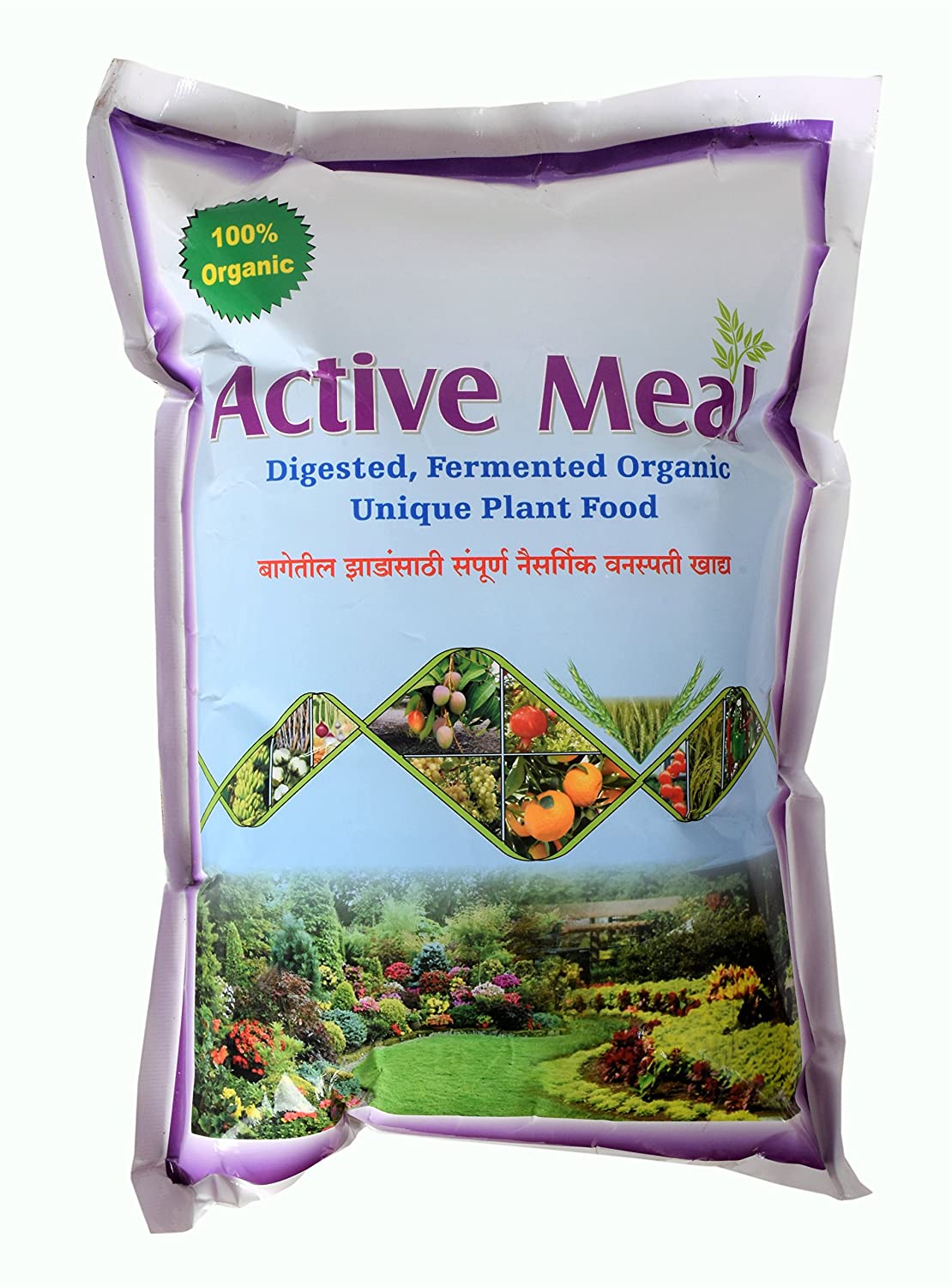
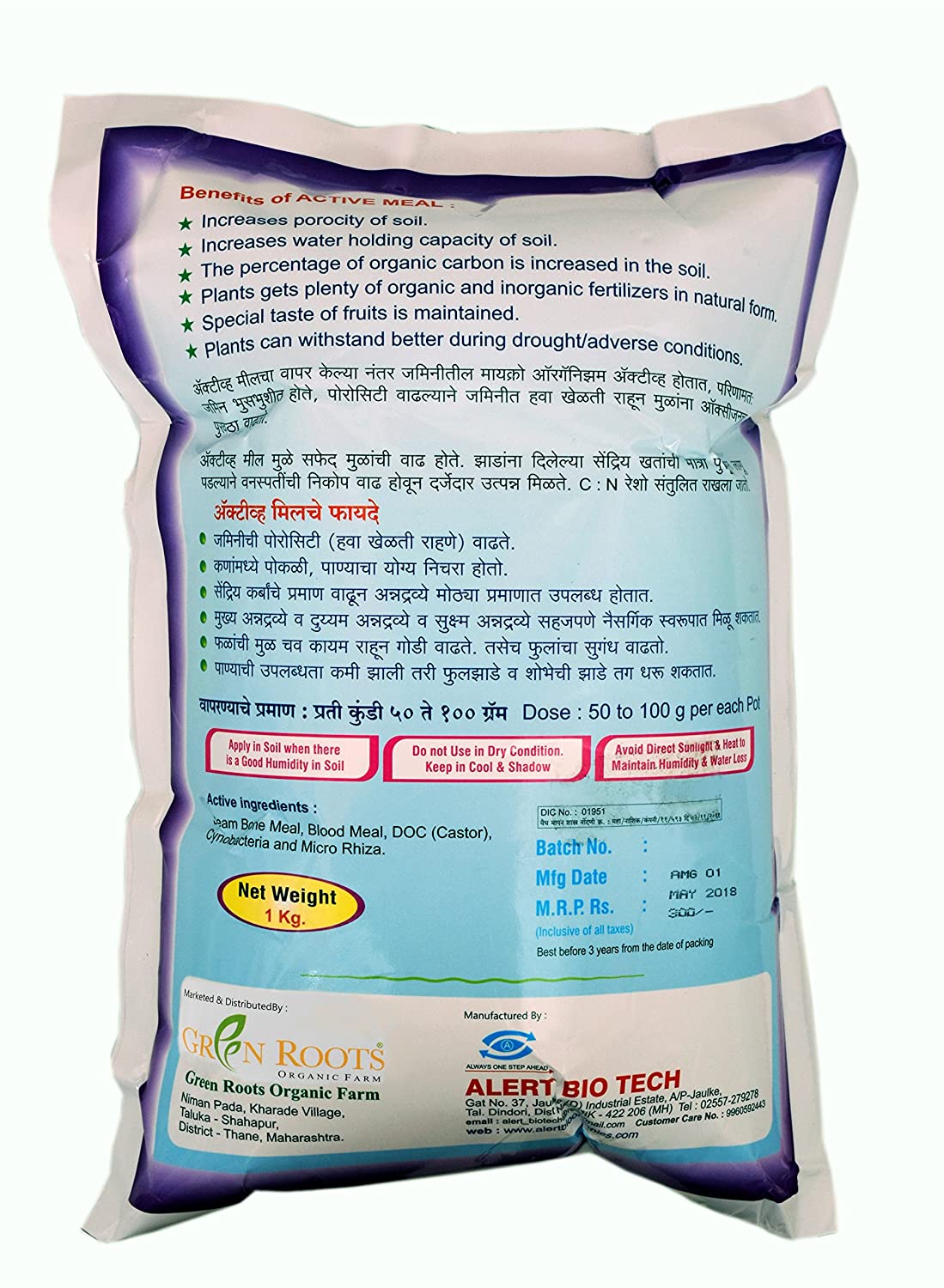
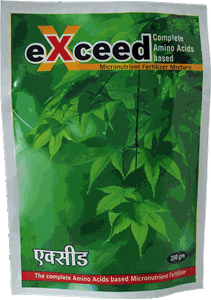
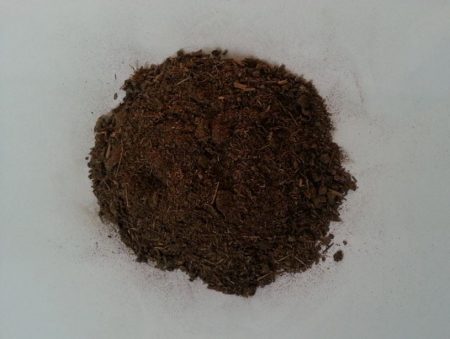
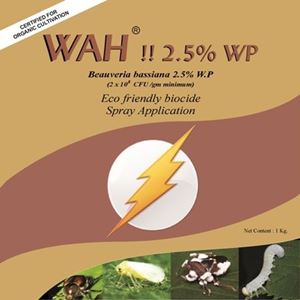
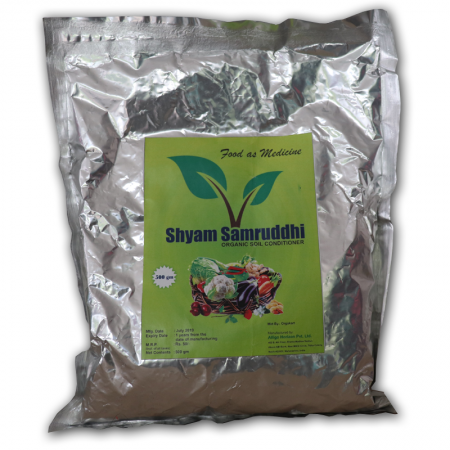
Reviews
There are no reviews yet.